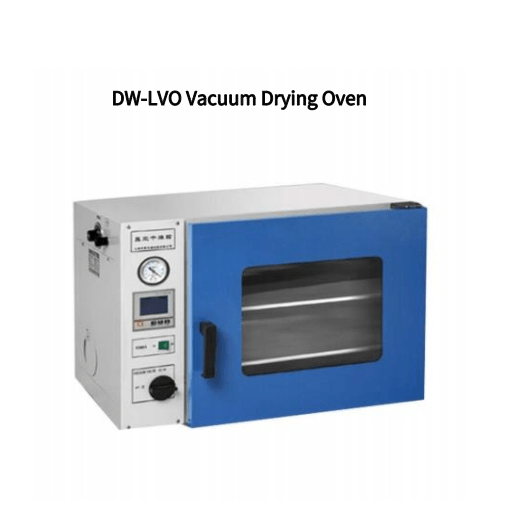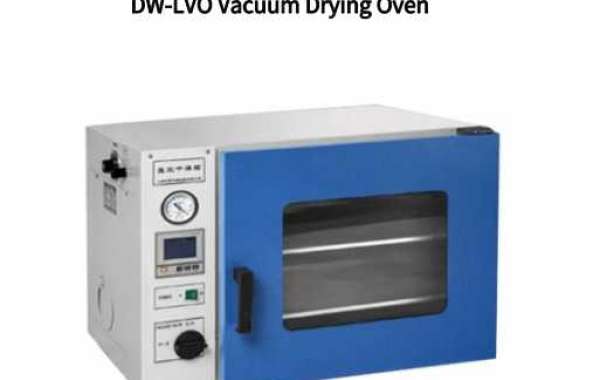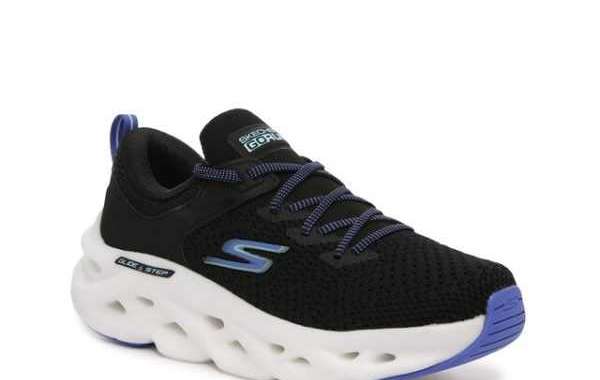A vacuum drying oven is a crucial piece of auxiliary drying equipment, widely used in various applications due to its versatility. However, its operation is more intricate than that of regular drying ovens, requiring careful attention to detail. In this guide, we will walk you through the precautions for each step of using a vacuum drying oven effectively and safely.

1. Sample Placement:
When placing materials to be dried in the vacuum drying oven, follow these precautions:
Never Heat Empty: Do not turn on the heating element before placing your samples in the oven.
Ensure Adequate Space: Leave some space above and below the samples to allow for proper airflow within the oven.
Phase Changes: If your samples undergo phase changes during the drying process, use a tray to contain them to prevent contamination of other samples.
Protect the Vacuum Port: If dry materials become lighter and smaller after drying, install a barrier net over the vacuum port inside the oven to protect the vacuum pump or solenoid valve from damage due to inhaled dry matter.
No Hazardous Materials: Do not place any liquid solvents or items with low ignition or boiling points (below 150°C under vacuum) in the vacuum drying oven.
2. Closing the Oven Door:
When closing the door of the vacuum drying oven, follow these precautions:
Gentle Closure: Close the oven door gently to avoid excessive vibrations within the oven chamber.
Check Sealing: Ensure that the door is properly aligned with the silicone sealing strip and that any bolts on the door are secure before closing.
3. Initiating Vacuum:
When starting the vacuum within the vacuum drying oven, adhere to these precautions:
Set Vacuum Limits: Choose the appropriate vacuum pump limit based on its performance and specifications.
Proper Shutdown: After reaching the desired vacuum level, close the vacuum valve and turn off or disconnect the vacuum pump to prevent backflow.
Monitor Gauge: Keep an eye on the vacuum pressure gauge to ensure stable readings without significant fluctuations.
Boost Vacuum If Necessary: If the vacuum level falls below the requirements for drying, restart the vacuum pump and valve to enhance the vacuum, thus prolonging the vacuum pump's lifespan.

4. Heating:
During the heating process, consider these precautions:
Stable Vacuum Required: Maintain a stable vacuum state during heating. Fluctuations in internal and external pressures and temperatures can lead to issues like outside air entering the chamber.
Heating Indicator: Pay attention to the heating indicator, which remains lit while heating. Once the set temperature is reached, heating stops automatically, and the indicator turns off. Heating resumes when the temperature falls below the preset level.
Monitor Temperature Display: Ensure that the temperature is displayed accurately. If the indicator is off, immediately cut power and inform the equipment operator.
5. Temperature Setting:
When setting the desired temperature within the vacuum drying oven, follow these precautions:
Appropriate Setting: Set the temperature within the recommended range. In a vacuum, materials may have dramatically lower ignition and boiling points, and inappropriate temperatures can cause melting or agglomeration.
Monitor Display: Confirm that the digital temperature display is functioning correctly, without flickering or unusual readings. If issues arise, disconnect the power and report them.
Verification: Leave the oven only when the actual temperature matches the set temperature, and the heating indicator light is off.
Continuous Supervision: Ensure the oven is monitored for normal operation and any changes in drying materials. In case of anomalies, promptly cut power, open the vent valve, and report the issue.
6. Sampling:
When removing samples from the vacuum drying oven, adhere to these precautions:
Proper Deflation: Gradually open the air release valve and wait until the vacuum level reaches 0 before opening the oven door.
Partial Valve Opening: Avoid fully opening the valve to prevent external air from rushing into the chamber, which can lead to pollution and contamination.
Forbidden Below 0 Vacuum: Never open the oven door when the vacuum level is below 0.
Stuck Door Sealing: If the oven door's sealing silicone rubber becomes deformed due to prolonged vacuum exposure, do not force it open. Wait for the rubber to return to its original state before attempting to open the door.
Valve Closure: After sampling, promptly close the air release valve.
Additional Precautions:
Grounding: Ensure effective grounding of the vacuum drying oven's shell for safety.
Environment: Operate the oven in an environment with relative humidity ≤85% RH, no corrosive gases, no strong vibrations, and no strong electromagnetic fields.
Cleaning: Regularly clean the vacuum drying oven. When cleaning the door glass, avoid using reactive chemical solutions and use a soft cotton cloth instead.
By following these precautions at each step of using a vacuum drying oven, you can ensure the safe and efficient operation of this essential equipment, allowing you to carry out your drying processes effectively and with confidence.








